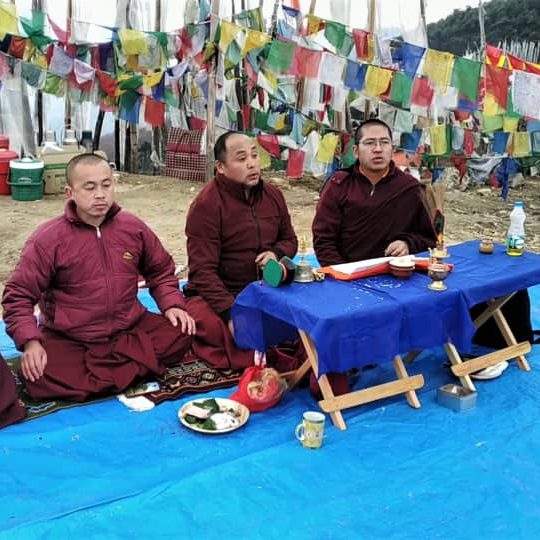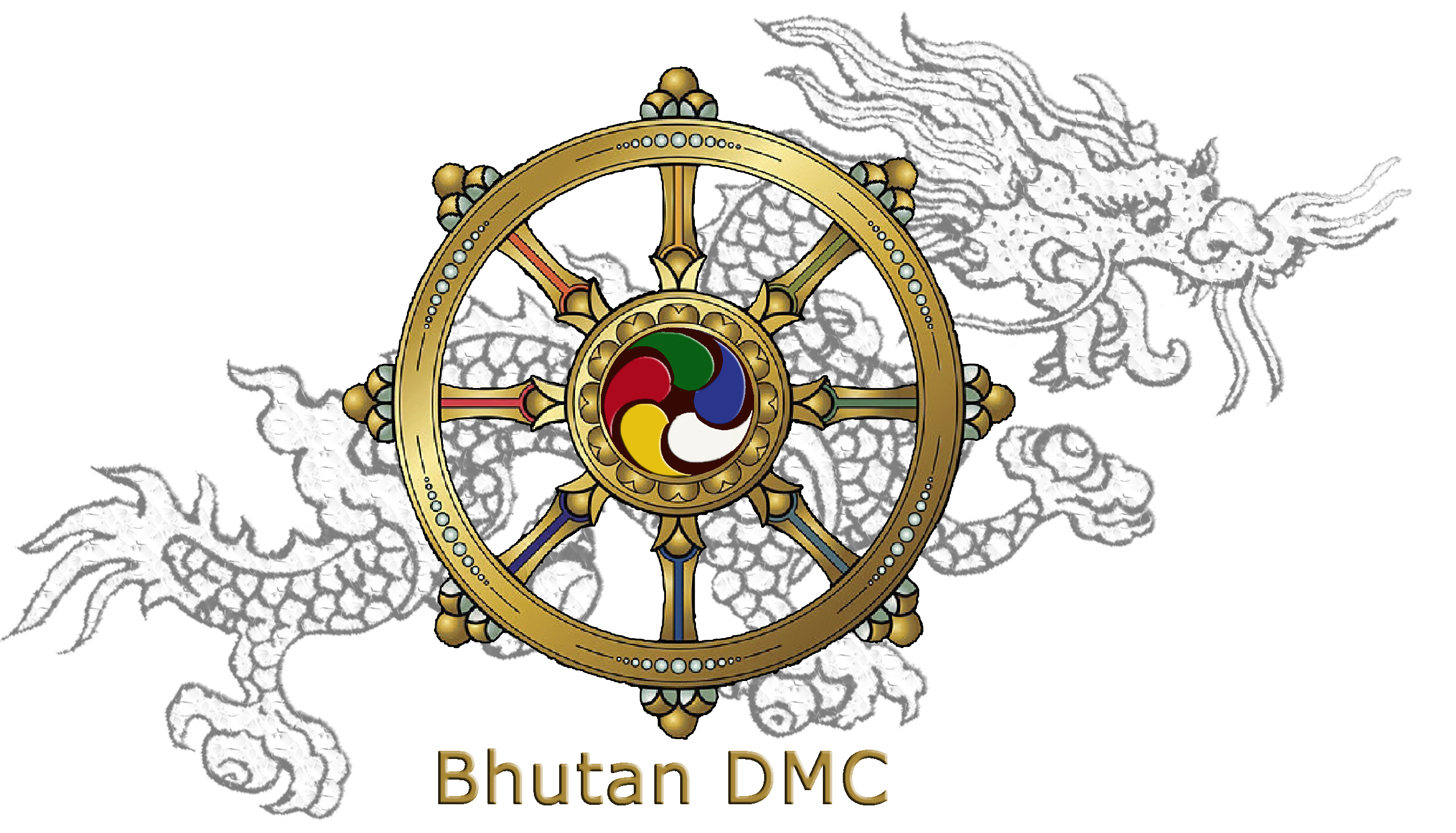600m to 4000m
Altitude
Sakteng Wildlife Sanctuary
Home to
Bhutan’s largest river, Dangme Chhu
Hosts

About Trashigang
Trashigang lies in the far east of Bhutan and is the country’s largest district. Trashigang town, on the hillside above the Gamri Chhu (river), was once the centre for a busy trade with Tibet. Today it is the junction of the east-west highway, with road connections to Samdrup Jongkhar and then into the Indian state of Assam. The town is also the principle market place for the semi-nomadic people of Merak and Sakteng, whose way of dress is unique in Bhutan.
Places of interest in Trashigang
Trashigang Dzong
The Dzong was founded according to the prophecies of Zhabdrung Ngawang Namgyal in order to consolidate indomitable power and unparallel reign over the whole of eastern Bhutan. It was built in 1659 and named Trashigang Dzong (fortress on the auspicious hill). The Dzong withstood several invasions from Tibetan troops. An interesting local saying states that when the Tibetan troops descended from the Muktangkhar mountains on the other side of the
Dzong, they saw the Dzong below and said ‘Trashigang Dzong is not a sky Dzong but a ground Dzong’, but when reaching the bank of Dangmechu they looked up and seeing the impenetrable Dzong aloft they agreed that it is really a ‘sky Dzong’ after all and fled.
Gom Kora
24km. from Trashigang, the temple of Gom Kora is set on a small alluvial plateau overlooking the river. Surrounded by rice fields and clumps of bananas, it looks like an oasis in an arid landscape. It is one of the famous place where Guru Rinpoche meditated in order to subdue demon which dwelt in a huge black rock.
Radhi village
This village is famous for its rice fields and traditional wool weaving called ‘Burney’. In summer, travelers are greeted here by lush green rice fields while in winter by weavers who weave in groups.
Ranjung Woesel Chhoeling Monastery
The monastery was founded by His Eminence Dungsey Garab Dorje Rinpoche in the year 1989 with few monks and nuns. The objective of monastery is to provide a conducive haven for the study of Buddha dharma as expounded in the Dudjom New Treasure Lineage and carry out dharma activities for the benefit of the Buddhist community in and abroad the country. It has a flourishing community with branches monasteries and retreat centers.
